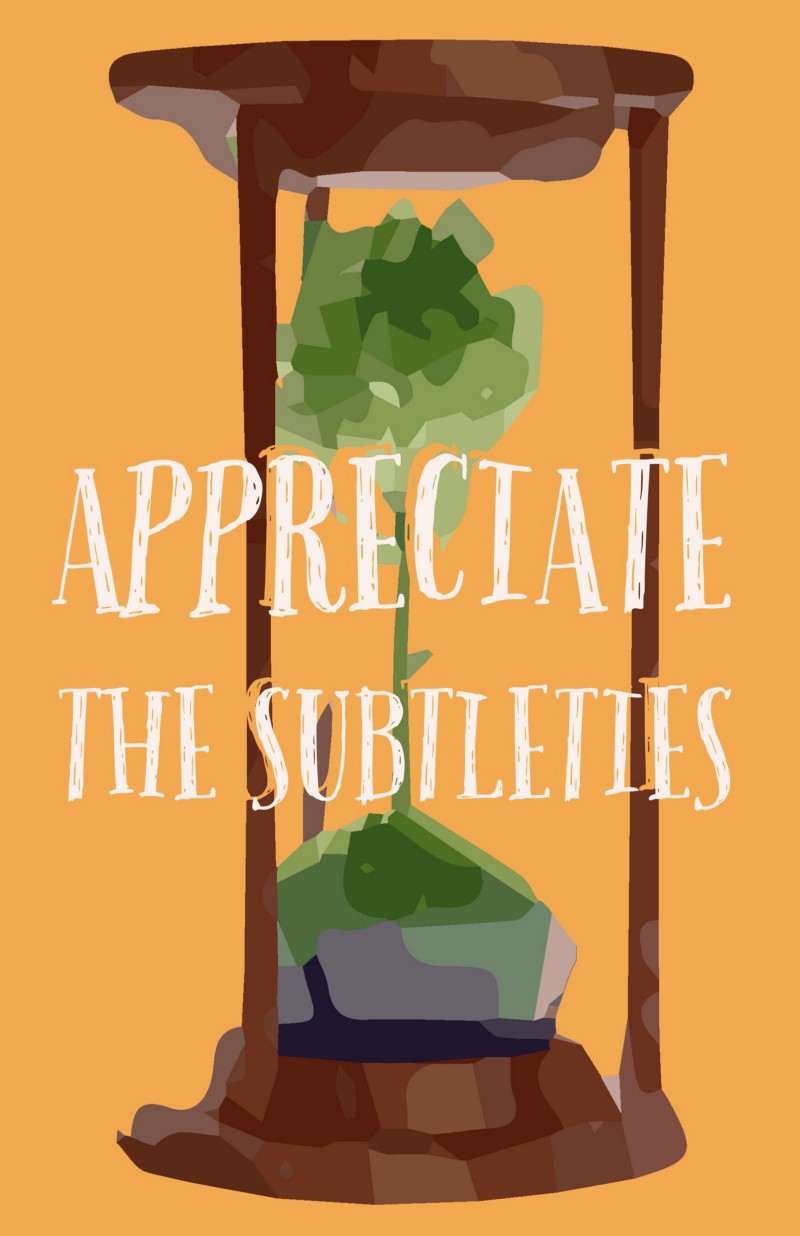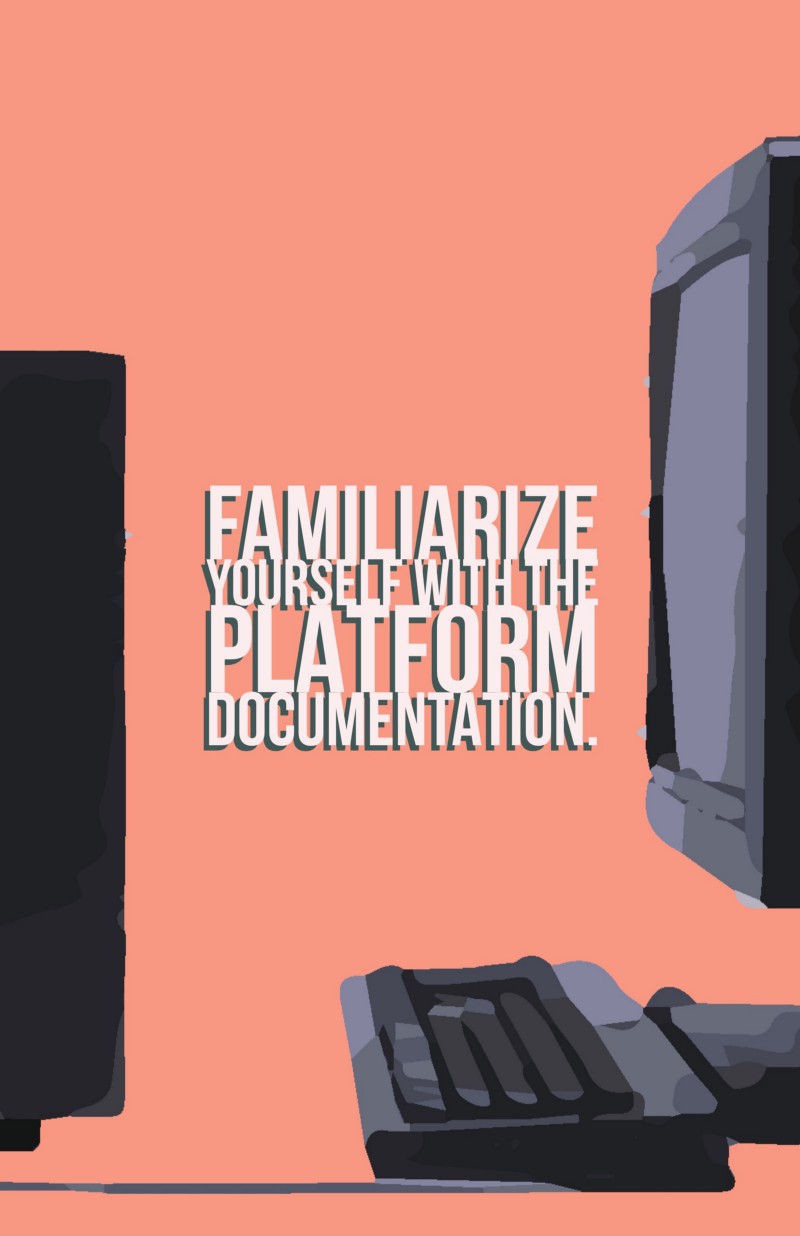
I’ve found myself repeating the same few words over and over again.
That’s usually one of the first signs I look to when I need to know that something should be written down. When you find yourself hung up on a problem, it’s a good sign it might be worth solving.

One thing I’ve noticed an increasing amount of advertisers complaining about is the difficulty they have navigating the world of display inventory.
There are a number of very good reasons for this.
I don’t think that all of them have answers yet, either.
It isn’t always easy to keep up with the changes in the communications landscape. On some teams, this can create a pressure to keep up. When you feel like you don’t understand something, it’s natural to reach out to others who do for help.

This is a great thing, and there are many fine networks who do a great job of delivering a consistent experience to prospective advertisers.
In some circumstances, you may end up working with a network who is less than transparent about what media properties make up the basket you’re buying. This isn’t always malicious, sometimes ad networks can use a similar practice to shore up inventory or guarantee a certain type or volume of impression. Even when it’s well intentioned, it can on occasion mean not knowing where your content is being served.

On other (often larger) networks, ads follow users with a varying degree of deference given to avoiding “blacklisted” properties.
There’s one trick I’ve always found very useful for changing the way you think about online communities.
I think that there is a very real temptation to lose a sense of perspective when you begin to evaluate the way a large number of communities work.
It’s very natural to know the rules of the communities that you regularly operate in. It’s also quite likely for you to understand the relationships that govern the “unwritten” rules of that community — if for no other reason than the tremendous amount of time you’ve undoubtedly spent encountering just how powerful shared expectation can be.

This might be one of the reasons why not everyone who has used a social network in the past can directly translate that experience to using a social network “professionally” right away. This isn’t to say that people can’t make such a shift, rather that making such a shift requires a new way of looking at something you already feel familiar with.
Over the years, many people have come to derive tremendous value from a wide variety of online communities. When you’re a part of one of those communities, you can miss the changes that gradually take place over time.
When that happens, you aren’t in a good position to appreciate the subtleties and the nuances that are important to understand if you want to produce the kind of work that resonates with the people you are trying to communicate with.

The only way to recapture the magic, is to force yourself to look for it.
You have to take the time to understand exactly what goes on in around and near the lives of people who visit a web property you advertise on.
You have to take the time to make sure that you understand the complicated relationships between people who share, create and consume content. You need to understand what experiences, goals or values brought the people you’re to reach together in the first place.
You have to know what it is you’re trying to share well enough to understand if what you’re trying to accomplish is a good fit for the place where you’re trying to accomplish it.
That isn’t something that you can learn from a spreadsheet, though many fine audience research platforms can help point you in the right direction.
To truly understand a community, you have to learn to listen.

One of the best ways to do this is to take a page out of advertising history and actually enter the communities you’re about to work with.
This isn’t a new trick. It’s long been used by savvy media planners to make sure that ad buys inserted into magazines and trade journals fit into the genre they’re running against.
You might not know every site you should look at in the first place. One great way to get started is to begin by exploring the traffic patterns you can see in your user data. After a little while, you should be able to identify networks that responsible for driving your traffic. From there you can begin to explore wherelse that traffic goes.
You can also spend some time looking at the web habits of individual users you find online who match your target segment.
You might find the idea of spending some time on a forum you wouldn’t ever visit strange. I don’t think having this reaction is a bad thing.
Things that are unfamiliar can often feel uncomfortable. As we come to understand more about them, they become more comfortable.
Something like this is true of studying online communities as well.

You should ask yourself about the technical specifications of the network. You should take the time to familiarize yourself with platform documentation. These will always be unique to the platform you are working on.
You should find that while you work, you develop a series of habits that help you get into the head of your community. I have found that every marketer I know who uses a similar approach has a slightly different list of questions that they report to more or less use when identifying a new display opportunity online.
You should take the time to develop your own list. Still, here are six of the points I frequently find myself asking. It’s my hope they’ll help you start to think about your own list.

#### Why are these people here, now?

Each year, the variety of types of media a person could be consuming increases. There are more articles, posts and images created in a single moment than could be consumed in a month. There just isn’t any way to keep up — we’re past that part.
The way people chose to spend their time tells you a lot about what they value. When a large number of people share an interest, it’s worth paying attention to what’s going on around them.
#### What do these people have in common?

Part of picking apart why people are where they are when they are is going to be taking the time to ask yourself what the people you’re trying to understand have in common with each other. There’s some reason why they came together, and if you can understand the things they share, you’ll be one step closer to understanding.
#### Where else could these people go?

There’s a good chance more than one community serves the interest you’re trying to explore.
This can happen for any number of reasons. Sometimes, personality clashes lead to splintering. Other times, the bulk of a community may move from one network to another. Understanding these milestone events can help to shape a more accurate picture of what future obstacles the community you are observing is likely to face.
This insight can be particularly valuable if you’re trying to figure out how your team can give back to the people who rely on your product or service.
#### What do these people like about each other?

Once you’ve explored all the different places people who share a similar range of interests could be spending time, you’re in a really good position to start exploring what keeps people at some properties over others.
It might be tempting to try and answer this question at the same time you answer the next one.
#### What do these people dislike about one another?

Users who leave communities often have a pretty good reason for doing so.
A select few will break off to form a new community.
Some may join an alternative.
Others may leave entirely.
There’s likely a wealth of motivations and possibilities between each one of these paths. That’s why I’ve always found that either this question or the one immediately preceding is very easy to answer. In those situations, trying to examine the less obvious has often proven rewarding.
#### What types of reactions do these people have to the things they share amongst themselves?

In many online communities, it’s common to see a sort of common language develop.
You shouldn’t expect yourself to master it — you won’t be able to pick up everything.
If you can find a pattern, you’ll be able to very quickly sort out which reactions are “advertiser friendly” and which are “completely inappropriate.”
If you don’t find that 90% are “completely inappropriate” for use by advertisers, you probably aren’t looking closely enough at the values of the communities. While adblockers are still rare, they are much more common amongst highly engaged segments of internet users.

While these questions won’t be enough to make you an expert on any given community, they should be enough to kick start your efforts the next time you have to approach a part of the world you haven’t encountered before. Before too long, you’ll come to understand why many advertisers (myself included) consider this the best part of the job.

Share this post
Twitter
Facebook
Reddit
LinkedIn
StumbleUpon
Pinterest
Email